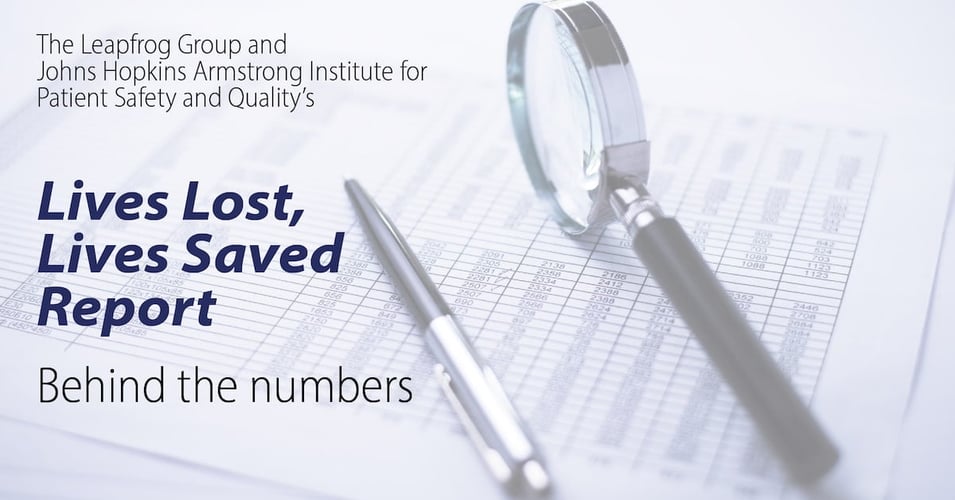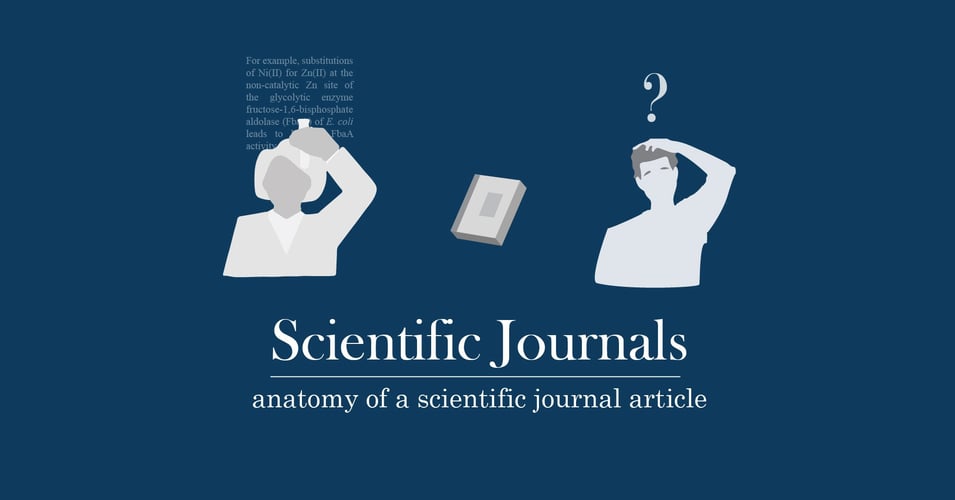3 min read.
P value: What's Chance Got to Do With It?
In scientific research, we test interventions to a problem and then measure the result: Did a medication improve patient outcomes? Did a training...
![EOScu Logo - Dark - Outlined [07182023]-01](https://blog.eoscu.com/hubfs/Eoscu_June2024/Images/EOScu%20Logo%20-%20Dark%20-%20Outlined%20%5B07182023%5D-01.svg)













